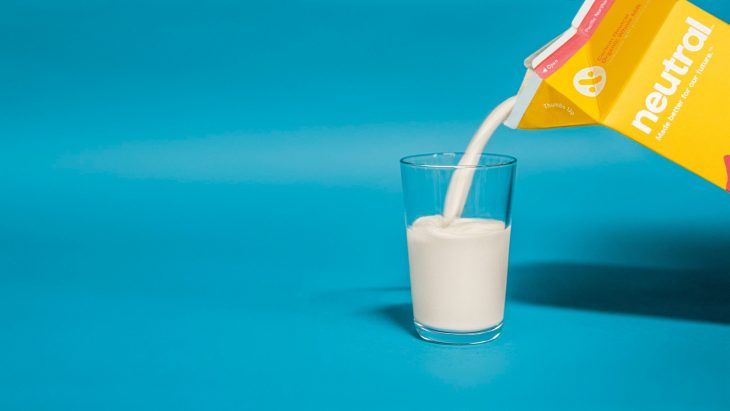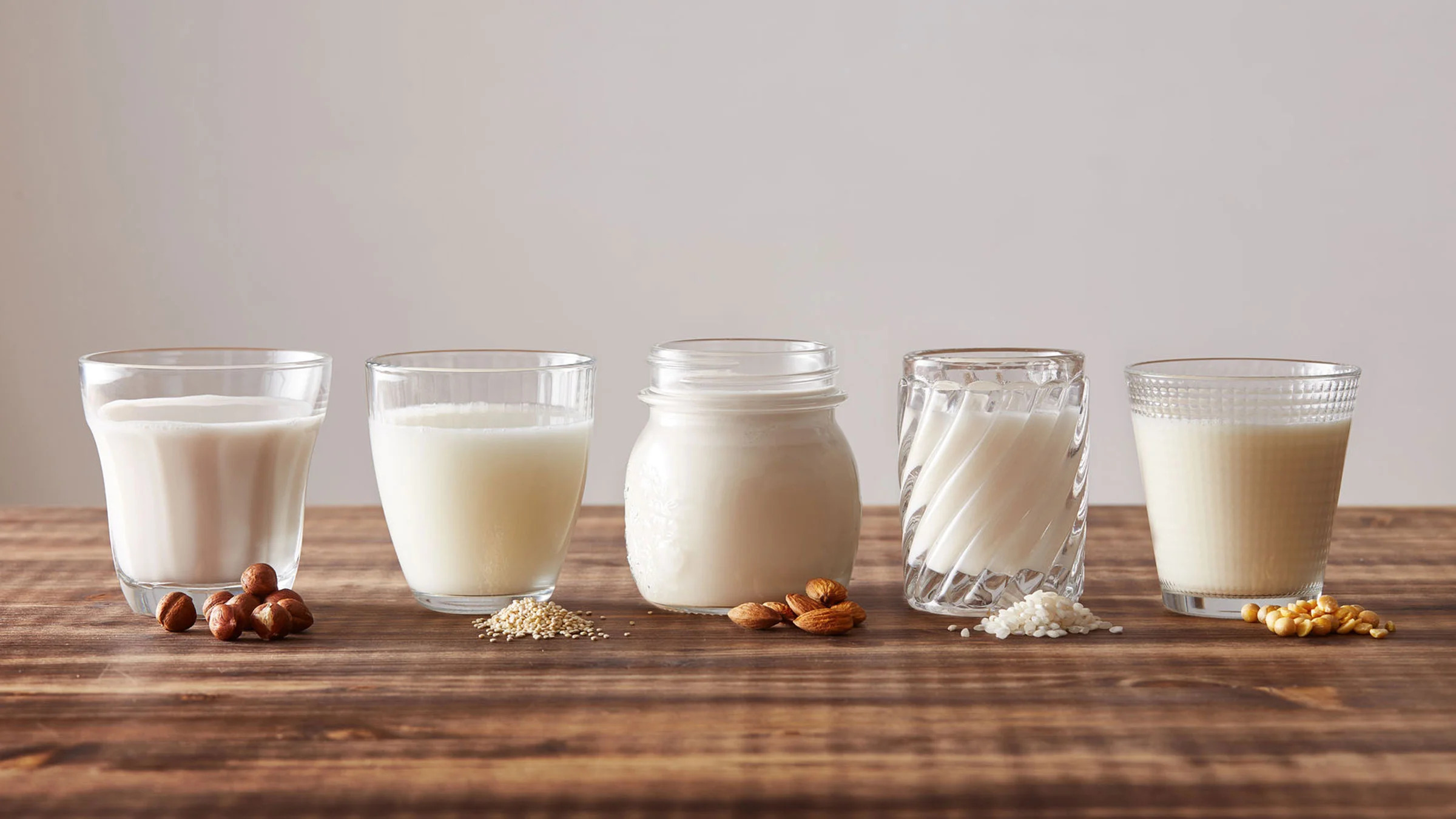
Milk is a staple in many households, enjoyed by people of all ages around the world. It is not only delicious but also a rich source of essential nutrients. From its intriguing history to its numerous health benefits, milk has a lot to offer. In this article, we will explore 15 fun facts about milk that you may not be aware of. So grab a glass of milk and let’s dive into the fascinating world of this wholesome beverage.
Milk: A Universal Drink
Milk is consumed by people of different cultures across the globe. It is estimated that over 6 billion people worldwide consume milk and milk products. While cow’s milk is the most commonly consumed type, other animal milk such as goat’s milk and sheep’s milk are also popular in certain regions.
The Milky Way
The name of our galaxy, the Milky Way, derives from its hazy appearance resembling spilled milk across the night sky. Ancient astronomers believed that the galaxy’s appearance was due to the splattering of milk by the gods.
Lactose: The Sugar in Milk
Lactose is the natural sugar found in milk. It is a disaccharide composed of glucose and galactose. However, not everyone can digest lactose properly due to lactose intolerance, a condition in which the body lacks the enzyme lactase needed to break down lactose.
Calcium Powerhouse
Milk is well-known for its high calcium content, which is essential for strong bones and teeth. Just one cup of milk provides about 30% of the recommended daily intake of calcium for adults. It also contains other important nutrients like phosphorus, magnesium, and vitamin D, which aid in calcium absorption.
Dairy Farming Through the Ages
The practice of dairy farming dates back thousands of years. The earliest evidence of milk consumption can be traced to around 6,000 BCE in the ancient Near East. Over time, humans developed methods to domesticate animals like cows, goats, and sheep for a steady supply of milk.

A Dairy Cow’s Lifespan
On average, a dairy cow lives for about 5 to 7 years, but with proper care, it can live up to 20 years. Dairy cows provide milk for around 3 to 4 years, after which they are usually retired from milking and used for breeding or beef production.
World Milk Day
Every year on June 1st, World Milk Day is celebrated to highlight the importance of milk as a global food. The day serves as an opportunity to raise awareness about the nutritional value of milk and the vital role of the dairy industry in providing sustenance to people worldwide.
Butter, Cheese, and More
Milk is not just consumed in its liquid form. It is also processed to produce various dairy products such as butter, cheese, yogurt, and ice cream. These products offer diverse flavors and textures, making them versatile ingredients in countless culinary creations.
Raw vs. Pasteurized Milk
Raw milk is milk that has not undergone the process of pasteurization, which involves heating the milk to kill harmful bacteria. While raw milk enthusiasts claim that it retains more nutrients and beneficial enzymes, health experts advise against consuming raw milk due to the risk of bacterial contamination.
Milk’s Role in Exercise Recovery
After intense physical activity, milk can be an excellent post-workout beverage. It contains a good balance of carbohydrates and protein, which can aid in muscle recovery and replenish energy stores. Many athletes and fitness enthusiasts choose milk as a natural and nutritious option for recovery.

A Milky Canvas
Milk has been used as a canvas for art for centuries. In the ancient world, painters used milk as a binder to create pigments for their artwork. This technique, known as casein painting, allowed for vibrant colors and increased durability.
The World’s Largest Milk Producer
India holds the distinction of being the largest milk producer in the world. With a booming dairy industry, India produces over 22% of the global milk supply. The country’s cooperative model and advancements in dairy farming have contributed to its remarkable success in the milk production sector.
Milk and Sleep
Warm milk is often associated with promoting sleep and relaxation. While there is no scientific evidence to support this claim directly, milk does contain tryptophan, an amino acid that can help the body produce serotonin, a neurotransmitter associated with sleep and mood regulation.
“Got Milk?” Campaign
The iconic “Got Milk?” campaign, launched in 1993 by the California Milk Processor Board, became one of the most recognized advertising campaigns in history. The campaign featured various celebrities with milk mustaches, emphasizing the importance of milk in a healthy diet.

From Farm to Fridge
Milk goes through a meticulous process before reaching your fridge. After milking, the raw milk undergoes filtration, clarification, pasteurization, and homogenization to ensure safety, extend shelf life, and achieve a consistent texture. It is then packaged and transported to stores for consumers to enjoy.
Conclusion
Milk is more than just a refreshing beverage. It has a rich history, provides vital nutrients, and plays a significant role in various aspects of our lives. Whether you enjoy a glass of milk with your morning cereal or savor a scoop of ice cream on a hot summer day, milk continues to captivate our taste buds and nourish our bodies.
So the next time you raise a glass of milk, take a moment to appreciate the intriguing facts and stories behind this beloved drink. Cheers to milk and all the joy it brings!
Frequently Asked Questions (FAQs)
Can I freeze milk?
Yes, you can freeze milk to extend its shelf life. It’s best to freeze milk in small portions, leaving room for expansion, and thaw it in the refrigerator before using. However, note that freezing might cause slight changes in texture, so it’s recommended to shake the thawed milk well before consuming.
Is chocolate milk a healthy option?
Chocolate milk can be a nutritious choice, especially after exercise. It contains the same essential nutrients as regular milk, such as calcium and protein, with the added benefit of carbohydrates and a delightful chocolate flavor. However, be mindful of the sugar content in flavored milk and opt for options with lower added sugars.
How long does milk last after the expiration date?
The expiration date on milk indicates the period during which the milk is expected to retain its quality. However, milk can often remain drinkable for a few days after the expiration date if it has been properly stored and shows no signs of spoilage, such as an off smell or curdling. It’s always best to use your judgment and perform a sensory check before consuming milk past its expiration date.
Is milk suitable for people with lactose intolerance?
People with lactose intolerance may experience digestive discomfort when consuming milk due to the inability to break down lactose. However, there are lactose-free milk options available, where the lactose has been pre-digested or removed. Additionally, some individuals with lactose intolerance may be able to tolerate small amounts of milk or opt for dairy products with lower lactose content, such as hard cheeses or yogurt.
Is organic milk worth the extra cost?
Organic milk comes from cows that have been raised following strict organic standards, such as being fed organic feed and not receiving hormones or antibiotics. While organic milk generally has the same nutritional profile as conventionally produced milk, some individuals prefer it for environmental or ethical reasons. Ultimately, the decision to purchase organic milk depends on personal preferences and values.
Was this page helpful?
Our commitment to delivering trustworthy and engaging content is at the heart of what we do. Each fact on our site is contributed by real users like you, bringing a wealth of diverse insights and information. To ensure the highest standards of accuracy and reliability, our dedicated editors meticulously review each submission. This process guarantees that the facts we share are not only fascinating but also credible. Trust in our commitment to quality and authenticity as you explore and learn with us.


